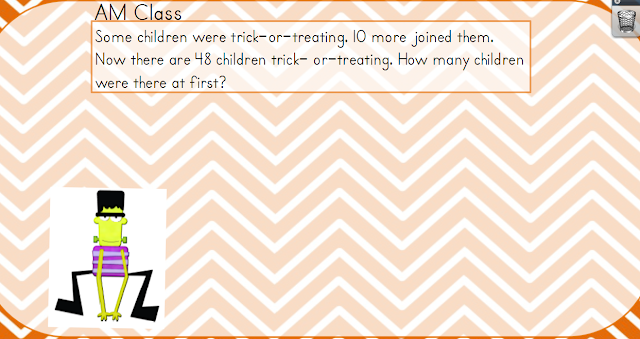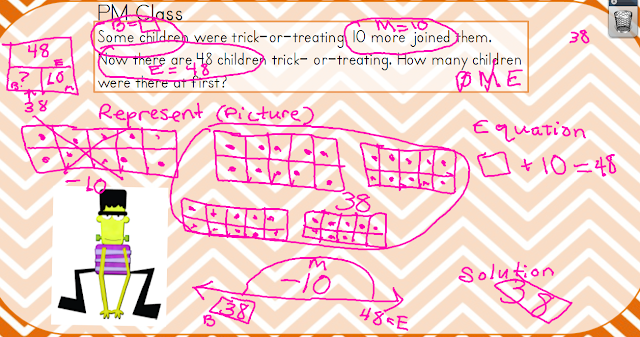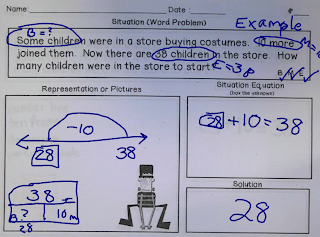Please send in: (A total of $4.20)
6 quarters
15 dimes
20 nickels
20 pennies
It is also beneficial to have some spare
change around the house to practice identifying the coins, adding and
subtracting using the coins, and making up word problems to solve involving
coins.
Thank you for your assistance. If you have any questions please feel free to
write a note in the agenda, call or email.
Ms.
King






